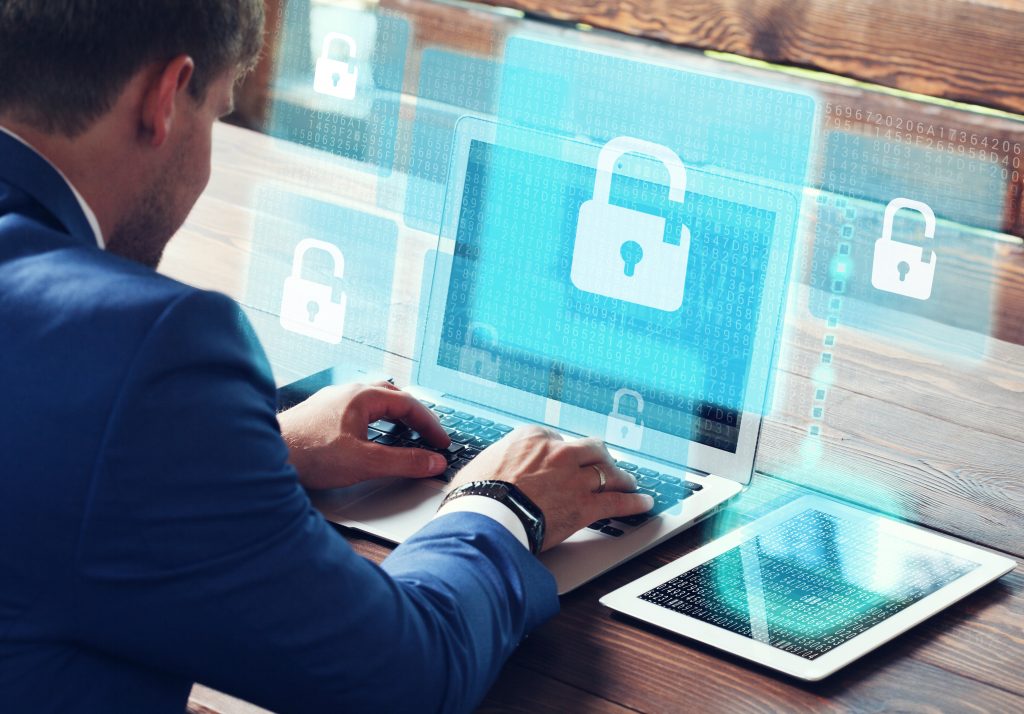Cybercriminals are becoming increasingly sophisticated, which means it’s very important to have your wits about you when navigating through the online world.
High profile hacks have been the subject of many recent media reports. This has sparked a cybersecurity revolution, where invested parties are beginning to value the importance of data protection more than ever before.
The agility of modern cybercriminals suggests anyone can fall victim to an attack, which can happen when you least expect it. If hackers can penetrate the defences of large organizations, just imagine how easily they could attack yours.
To safeguard against harm, it’s important for organizations to understand the threats posed. Cybercriminals are innovative, attacking with creativity. But with an appreciation for the type of threats in existence, you can implement measures to mitigate risk. This brings reassurance, peace of mind and most importantly protection from an evolving host of security threats.
Though you’re 90% protected if you have the latest windows updates installed on your devices, alongside up to date antivirus software, it’s the other 10% you need to be aware of.
But what cyber threats should you be looking out for in 2020? Let’s take a closer look:
Phishing Goes to Another Level
Phishing attacks are getting more sophisticated by the day, presenting unique challenges for today’s organizations. Though conventionally phishing would occur when a suspicious link or email has been explored, evidently times have changed.
Hackers are now using machine learning to distribute fake messages and deceive recipients. Advanced techniques mean these messages can be crafted convincingly, leading to employees unwillingly compromising sensitive information on networks and systems. Some times this looks to have come from a legitimate company i.e. Microsoft Office 365 asking you to click on a link else your mailbox will stop working, these links then get you to put in your Office 365 credentials and the hacker then has your login details to your mailbox.
You should really avoid paying people via email at all costs. Imagine receiving a fake email from your ‘boss’ asking you to pay a supplier x amount. You proceed to send money to a criminal while exposing additional information relating to company accounts. Similarly, if a supplier changes their bank account via email, make sure you confirm the validity of events via phone.
With a vigilant approach, it’s possible to spot phishing scams. Doing so can prevent credit card credentials, user logins and other financial information from being extorted by criminals.
Ransomware Strategies
Known to cost victims billions of dollars per year, ransomware attacks are leveraged so hackers can gain access to your files and encrypt them all with a password. Hackers, then lock you out of your files, literally kidnapping it and demanding a sum of money as blackmail.
Most companies will readily meet the ransom demands of anonymous hackers by leveraging cryptocurrencies, especially if it means highly sensitive information is returned. With an awareness for ransomware attacks, individuals can focus on developing stronger defences to reduce the impact of breaches.
Cryptojacking
Cryptocurrencies can be mined for profit, creating various avenues for cybercriminals to hijack third-party home or work computers and mine bitcoins. Cryptojacking is a trend which can eat into the performance of a system, especially as cryptocurrency mining requires immense processing power.
When hackers piggyback on someone else’s system to make money, it can represent a significant drain on resources. Cryptojacked systems can lead to costly downtime, a difficulty to function at full capacity and a drain on IT departments.
IoT Attacks
This ubiquitous technology impacts the lives of billions, a number which will continue to rise with time. Laptops, routers, webcams, household appliances, security systems and so much more are connected via the IoT.
The more IoT devices you have, the more potential there is to save money. However, you’re also more likely to leave yourself vulnerable to cyberattacks. IoT networks are a common invasion angle, where cyber invasions are becoming a recurring theme.
IoT devices can be controlled by hackers to wreak havoc, lockdown essential equipment and overload networks. This can have devastating consequences, meaning it’s important to be careful with IoT devices.
Watch out for other miscellaneous threats too. There have been reports of people leaving USB drives in car parks, which if connected by knowing parties can install viruses on systems.
It’s a great idea to turn on MFA (Multi-Factor Authentication). By doing so you’ll receive a text message when you log onto a server, confirming it’s you. This is a feature that’s available on most platforms, like Office 365, banking platforms and more.
Always be aware, and remember if something seems suspicious there’s no harm in being extra careful with your decisions. It’s better to be safe than sorry after all!


